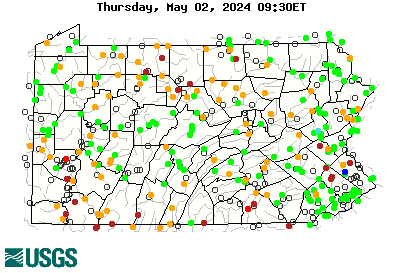Acristickid
Well-known member
How do you determine where you set your drag on your reel?
Have not put a ton of thought into this concept.
Guess I like it set to where I can pull line out with out any backlash.
Suppose it might be a lot tighter depend on species- you know, a 9 inch wild brown vs say a saltwater blue fish.
Are their "rules" or accepted practices for this? If their is I am unaware of them.
What are your thoughts on the subject?
Thanks
Have not put a ton of thought into this concept.
Guess I like it set to where I can pull line out with out any backlash.
Suppose it might be a lot tighter depend on species- you know, a 9 inch wild brown vs say a saltwater blue fish.
Are their "rules" or accepted practices for this? If their is I am unaware of them.
What are your thoughts on the subject?
Thanks





